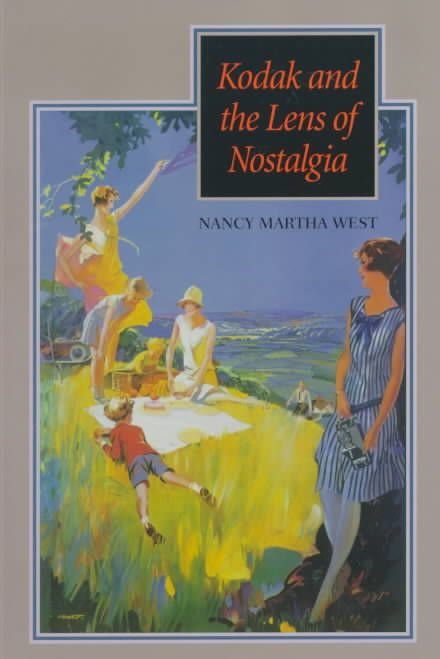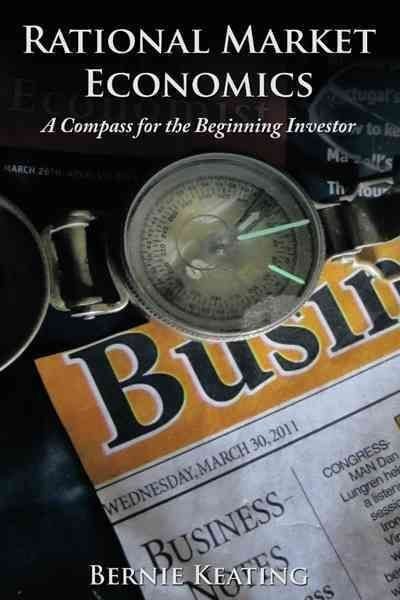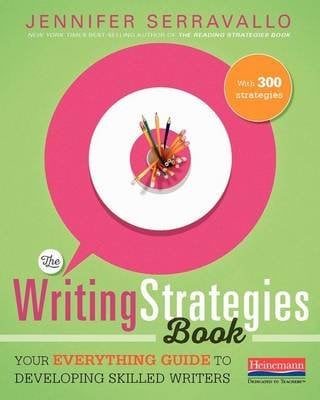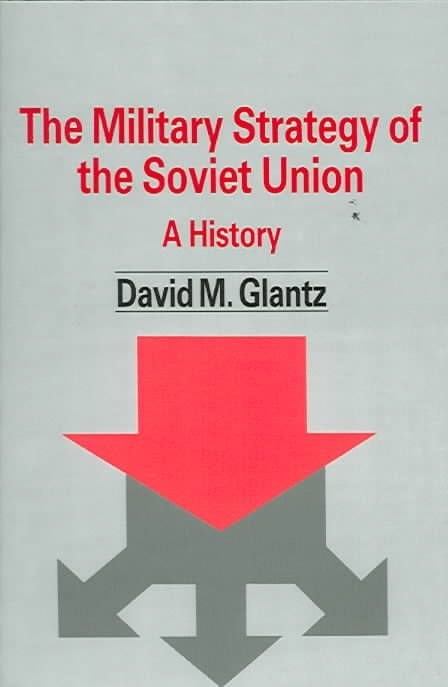For the serious collector and connoisseur of the field of American art of the nineteenth and twentieth centuries, this series of essays will be invaluable. Twenty-eight writers, each of them highly experienced and an acknowledged expert in their field, examine every aspect of the subject and contribute illuminating and often thought-provoking examinations of a wide variety of topics. The book is divided into three sections. Part I, The Historical Overview, contains fourteen essays. Their subjects range from the Hudson River School to the art of the American West, American artists in Europe, American Impressionism, Modernism, examinations of the major artists Marguerite Zorach, John Sloan, Everett Shinn, Marsden Hartley, Stuart Davis, Arshile Gorky, John Graham, Willem de Kooning, Guy Pene du Bois and his relationship with the collector Gertrude Vanderbilt Whitney, African American Art, figurative sculpture, and period frame connoisseurship. Part II deals with Connoisseurship and the Collector, and covers such topics as developing an instinct for quality; dealing in fine art; conservation; choosing wisely in making a collection; the pleasures and perils of collecting art works on paper; researching paintings you may be considering acquiring; the role of qualified art advisors; the anatomy of an auction; knowing the law when buying art; and legal issues for the collector selling art. There are glimpses of the prominent collectors who have contributed so greatly to the American art scene over many years. Part III covers Current Themes in the Art Market, and what to look out for, examining how to make historical American art relevant to the modern age and avoiding misinterpretation of what could be seen as sensitive subjects such as race; pointers to ways of connecting historical American art and the modern world; a look at why galleries matter; and discussing shifting tastes in American art. The authors include owners of established galleries, directors of museums, art historians, and teachers at prestigious universities and other major institutions. Virtually all the essays are illustrated with outstanding examples of works of art: 174 in all. Among them are works by Thomas Cole, Asher B. Durand, Albert Bierstadt, Frederic Remington, Benjamin West, Childe Hassam, Sloan, Shinn, Hartley, Marguerite Zorach, Davis, De Kooning, Pene du Bois, John Singleton Copley, John Singer Sargent, Mary Cassatt, Georgia O’Keeffe, Frederic Edwin Church, and many others. Elizabeth Broun, PhD, Director Emerita of the Smithsonian American Art Museum and currently on the Board of Directors of the Henry Luce Foundation and The Olana Partnership, is Visual Art Advisor to the Kennedy Center for its expansion project, called The Reach. She contributes a Foreword that expands on the role of the Atlanta Art Forum over the last twelve years and explains why it has played such a leading part in the appreciation of historical American art, exploring the nuances and purposes of art collecting generally, and of American art specifically. The speakers invited to the Forum were at the top of their fields, and the city of Atlanta quickly found itself “on the map” as a major site for American art. The general editor, and the progenitor of this book, Stephen M. Sessler, has with his wife Linda been an active collector of historical American art for many years. Joining the Fine Art Collectors group in Atlanta, Georgia, in the 1990s, they increased their knowledge hugely over time. Eventually, as that group’s activities were scaled back, he saw an opportunity and founded the Atlanta Art Forum in 2006, becoming its visionary “dean,” with the aim of meeting other enthusiasts and experts and discussing his chosen subject with them. He felt that so much information and knowledge acquired over twelve years should be available to a much wider audience, and this book was the result. The market and interest in historical American art has undergone a dramatic shift in the past ten to fifteen years as contemporary art has become the standard-bearer for the art market in general. By revisiting this art from many different angles and perspectives, this collection of essays will remind collectors, curators, and the art market as a whole of the value and intrinsic worth that still exist in this field, which has stood the test of time so well.












